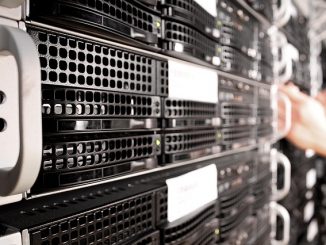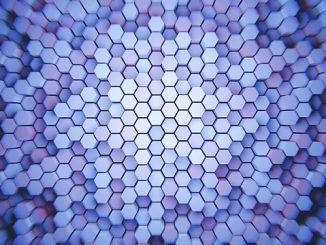Jack predicts that Quantum Computers will be fully implemented by 2031/32 pic.twitter.com/jWy0FjRFwn
— Peter H. Diamandis, MD (@PeterDiamandis) October 17, 2024
Jack Hidary, CEO of SandboxAQ, shared an ambitious timeline for the development of quantum computing during a discussion with Peter Diamandis. The focus was on when we might see quantum computers integrated into practical use. Hidary outlined a roadmap where by 2029, the foundational units or “modular lego blocks” of quantum computing would emerge. These blocks, which are like the brain cells of a quantum computer, are envisioned to contain between 1000 to 5000 physical qubits each.
These qubits represent the quantum equivalent of classical computer bits but operate under the principles of quantum mechanics, allowing for superposition and entanglement, which could theoretically enable them to perform certain computations exponentially faster than classical computers.
Hidary’s concept involves these blocks being interconnected via fiber optic connections, utilizing modulators to synchronize the quantum states across blocks without causing decoherence – a major challenge in quantum computing where qubits lose their quantum state.
The strategy is to scale up by daisy-chaining these modules together. If each block contains a thousand qubits, assembling a thousand such blocks would theoretically yield a system with a million physical qubits. This aggregation aims to achieve a significant number of logical qubits, which are error-corrected qubits capable of reliable quantum computation.
The timeline suggests that around 2031 or 2032, this assembly could culminate in a functional, large-scale quantum computer. This period accounts for the necessary engineering to correct errors, integrate systems, and ensure operational stability.
This development phase is critical; it’s not merely about increasing the number of qubits but enhancing their quality and connectivity to perform complex calculations beyond the reach of current technology.
Hidary’s projection underscores a pivotal shift towards quantum computing becoming a tangible technology, potentially revolutionizing fields like cryptography, material science, and complex system simulations. This roadmap reflects a significant step in transitioning from theoretical quantum computing to practical, real-world applications.
- Bulenox: Get 45% to 91% OFF ... Use Discount Code: UNO
- Risk Our Money Not Yours | Get 50% to 90% OFF ... Use Discount Code: MMBVBKSM
Disclaimer: This page contains affiliate links. If you choose to make a purchase after clicking a link, we may receive a commission at no additional cost to you. Thank you for your support!




Leave a Reply